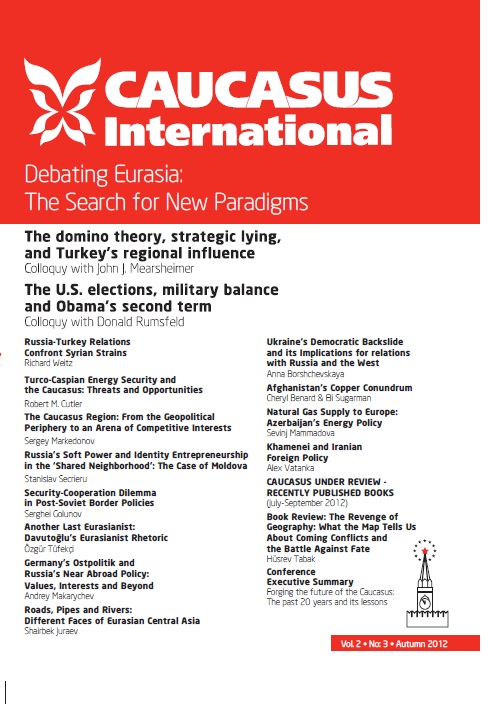Roads, Pipes and Rivers: Different Faces of Eurasian Central Asia
The Moscow-promoted Eurasian Union and Washington-promoted New Silk Road are two examples of visions of regional integration that assume the participation of post-Soviet Central Asian states. The former suggests the creation of a new supranational body in the CIS area, taking advantage of the legacy of the common Soviet infrastructure. The latter envisions restoration of the web of economic and transit routes that once connected Central Asia and South Asia, stretching from Astana to Mumbai. While the end goals of both concepts are laudable, a big question from Central Asia is whether these projects will help cooperation within the region. This article provides an overview of both concepts in the context of developments in Central Asia and concludes that there is little evidence that these grand projects will contribute to intra-regional cooperation in Central Asia, and in fact, there are clear risks to current cooperation.
Latest news
- 03/17/2020 Call for Submission: “Non-Alignment Movement and Its Perspective in International Affairs”. Deadline: 1 July 2020 2626 views
Popular articles
- 02/24/2020 The Role of Irredentism in Russia’s Foreign Policy 2536 views
- 02/24/2020 Construction of sub-national identity vis-à-vis parent state: Gagauz case in Moldova 2218 views
- 02/24/2020 The Conflict in Ukraine - The Geopolitics of Separatism and Divergent Identities (Commentary) 2073 views
- 02/24/2020 The Role of the Soviet Past in Contemporary Georgia 2044 views





